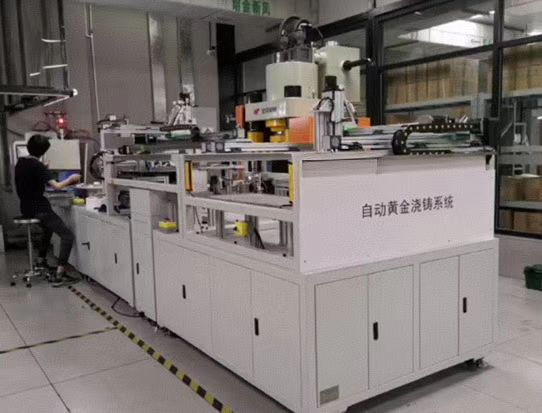Intelligent application of automated assembly lines
Categories: Blog
Artificial intelligence technology is a new science and technology that enables computers to simulate certain human thinking processes and intelligent behaviors (such as learning, reasoning, thinking, planning, decision-making, etc.). Artificial intelligence is a branch of computer science that attempts to understand the essence of intelligence and produce a new intelligent machine that can respond in a similar way to human intelligence. Introducing artificial intelligence technology into automated assembly line technology (automated production assembly line, automated packaging assembly line) enables the automated assembly line system to have expert knowledge, experience and reasoning and decision-making capabilities. It can learn and acquire new knowledge autonomously, and has intelligent tactile, visual, auditory, and language processing capabilities, and can simulate experts in the engineering field to reason, associate, judge and make decisions, thereby achieving the purpose of design and manufacturing automation. Intelligence can help engineering and technical personnel get rid of a lot of tedious repetitive labor, make the design and manufacturing process faster, simpler, and safer, and make the automated assembly line system more practical and efficient.
With the development trend of economic globalization, the manufacturing cost of single products in traditional intensive processing and manufacturing industries, such as clothing and electronics, is getting higher and higher, and the processing profit is getting lower and lower. In order to improve the overall profit margin of enterprises and optimize enterprise management processes, it has become one of the effective means to improve the production efficiency of assembly lines through information and intelligent transformation.
In the production process of traditional manufacturing enterprises, most of the production modes are based on single-piece flow production mode. The biggest disadvantage of this production line mode is that a large number of semi-finished products are usually accumulated in some bottleneck processes. If the process is complicated and there are many production links, this phenomenon will be more serious. Only through the transformation of artificial intelligence can we overcome the waste on this production line and achieve high-quality development.
With the rapid popularization of industrial automation, although the automation penetration rate in most developing countries, including my country, is still relatively low, the application of global automation is constantly improving, and the continuous progress in technology has further promoted the upgrading of automated assembly lines to a higher level. At present, the industrial production of assembly lines is shifting towards automated assembly lines on a large scale, but with the continuous commercialization of the Internet of Things and cloud platform applications, the development of automation in the industrial field has a trend of upgrading to a higher level, that is, intelligent production. Industrial automated assembly line is a general term for machine equipment or production process to achieve measurement, manipulation and other information processing and process control according to the expected goals without direct human intervention. Automated assembly line is an important symbol of modern industry. Industrial enterprises can achieve multiple goals such as improving production efficiency, improving product quality, saving labor costs, reducing consumption (raw materials and energy) and ensuring safety through automated assembly line technology.



